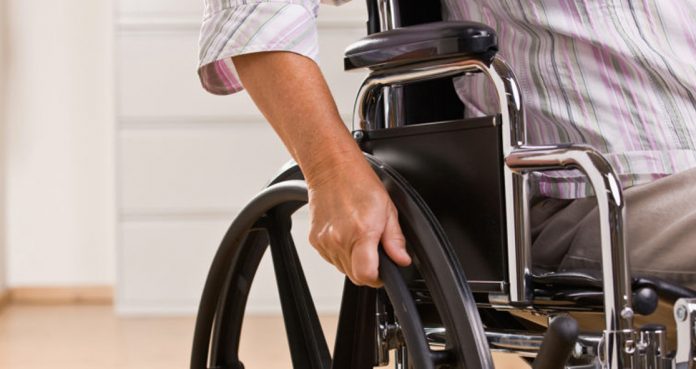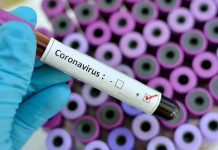Paul Robinson, a 34-year-old Australian, had a dirt bike accident in 2015, breaking his vertebrae after landing on his head, which left him confined to a wheelchair.
He said, “I had no motor and muscle control below my nipples. It also affected my arm function and I had zero function in my hands.”
However, he is now able to use his hands to operate his own wheelchair, pick up things from the ground, use a TV remote, and hold a glass – thanks to innovative nerve transfer surgery performed by surgeons in Australia.
Paul said, “Before, I was confined to a wheelchair but I couldn’t push it unless I wore special gloves. If I dropped something on the ground, I had to ask someone to pick it up. I couldn’t drive. To pick up a drink, I’d have to use two hands and squeeze them up.”
“It’s made a massive difference to my life. I can do my toilet routine on my own. As a grown man, it was very demoralizing having someone help you go to the toilet,” recalled Paul.
He was one of 16 young adults with paralysis of both the extremities recruited by Australian surgeons to conduct a study.
The surgeons performed single or multiple nerve transfer surgeries in one or both upper limbs so that the patients can extend the elbow and the hand to open, grasp, and pinch.
Eventually, the surgery helped 13 participants to regain movement and function in their hands and elbow, according to the findings published Thursday in The Lancet.
“One benefit of nerve transfer is that a single nerve can reanimate multiple muscles – an important factor in spinal cord injuries when few nerves would be available,” said Dr. Natasha van Zyl, lead researchers and a plastic and reconstructive surgeon at Austin Health in Melbourne.
She said, “We didn’t invent nerve transfer. We’re the first to apply it to spinal cord injury in an extensive way. Nerve transfer is more supple and natural, and hand opening is important for typing, swiping and using a trackpad. The hand is more clawed with a tendon transfer.”
Nerve and tendon transfers were combined so that different types of movement are enabled in each hand in 10 participants, including Robinson.
Dr. van Zyl said, “The two techniques had different advantages, with nerve transfers restoring more natural movement and finer motor control in one hand, and tendon transfers restoring more power and heavy lifting ability in the other hand.”
The surgeons completed 59 nerve transfer surgeries in those 16 participants.
“When you ask tetraplegics, their number one priority is hand function before walking, bladder and bowel control, and sex. Without hand function, it’s hard to be involved in life. It makes a great difference. It’s really simple things. I can sit with my friends and hold a glass of wine. I can feed myself and put my make up on,” added Dr. van Zyl. However, the technique does have a few limitations and is not a cure for paralyzed people.























